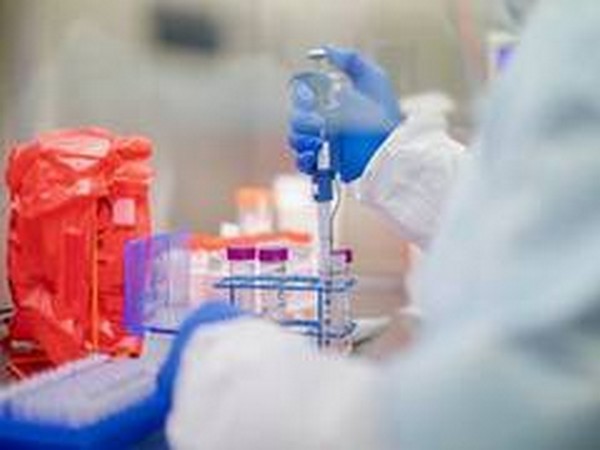"COVID-toes" symptom reported in children might not be linked to coronavirus infection: Study
In the study, scientists including Juncal Roca-Gines, sought to evaluate the mechanism by which these acute skin lesions formed. For this, they performed RT-PCR diagnostic test for the novel coronavirus in the patients, and a range of blood tests for the possible origins of the lesions.

- Country:
- United Kingdom
The pattern of skin reddening and swelling reported in children during the pandemic, popularly called "COVID-toes," might not be associated with novel coronavirus infection, according to a study that found these lesions in infants who tested negative for COVID-19. Researchers from the La Fe University Hospital in Spain assessed 32 patients, including 20 children and adolescents, with new-onset skin inflammation between April 9 and April 15. Based on earlier COVID-19 studies, they said these skin lesions, referred to as acute acro-ischemia, have been reported as a possible sign of SARS-CoV-2 infection in adolescents and children.
However, the current research, published in the journal JAMA Dermatology, did not find any evidence that the skin lesions are related to COVID-19. In the study, scientists including Juncal Roca-Gines sought to evaluate the mechanism by which these acute skin lesions formed.
For this, they performed RT-PCR diagnostic test for the novel coronavirus in the patients, and a range of blood tests for the possible origins of the lesions. According to the study, the researchers also performed skin tissue sample analysis in six of the patients. Of the 20 patients enrolled, they said seven were female and 13 were male, with an age range of 1 to 18 years. The scientists said none of the patients had remarkable blood abnormalities, including negative antibodies to the coronavirus. They said the skin sample analyses showed findings characteristic of an inflammatory condition called perniosis.
Based on the observations made during the study, the scientists said three different scenarios may explain the abrupt appearance, during the peak of the pandemic, of these characteristic lesions in a group of SARS-CoV2-negative patients. "One possibility is that the patients were in a very early stage of the disease, which would explain the negativity of PCR and serologic test results," they explained. The second alternative, according to the researchers, is that the skin lesions were a subacute manifestation of the infection, in which patients were once infected, but no longer had detectable viral particles when they were tested.
As a third possibility, the scientists said low quantities of the virus in the patients may have caused them to not develop clinical symptoms, with the pathogen not detectable during the tests. In this scenario, they said the only manifestations of COVID-19 in the children could be the skin lesions and the formation of tiny blood clots in small blood vessels of the extremities, including the toes. While such abnormalities have been described in patients with severe COVID-19 with co-existing medical conditions like diabetes, hypertension, and obesity, the absence of these risk factors in the studied children does not support this explanation, the researchers noted in the study.
"In this case series of 20 children and adolescents, a relationship between acute acral skin changes and COVID-19 could not be demonstrated," the researchers concluded. Since extensive testing failed to identify other risk factors for the acral lesions, the scientists suspect that lifestyle changes imposed by quarantine, such as walking barefoot in unheated homes, and time spent in sedentary positions, may explain these findings.
Citing the limitations of the study, they said the analysis said was carried out in a short period and with patients from a single center. According to the scientists, a larger study with improved microbiological tests or molecular techniques to demonstrate the presence of the novel coronavirus in the skin can help validate the findings. Scientists, including Claudia Hernandez, Section Editor of JAMA Dermatology, noted in a commentary linked to the study that it is still unclear whether a viral infection process or some other mechanism is responsible for these "COVID toes." "Dermatologists must be aware of the protean cutaneous findings that are possibly associated with COVID-19, even if our understanding of their origins remains incomplete," the researchers said.
(This story has not been edited by Devdiscourse staff and is auto-generated from a syndicated feed.)
- READ MORE ON:
- COVID
- JAMA Dermatology
- Spain
- PCR
ALSO READ
Uncovering COVID-19 Procurement Scandals: Interim Report Reveals Shocking Details
In every difficult situation, India stood with Sri Lanka-- be it 2019 terror attack, Covid pandemic or recent economic crisis: PM Modi.
Army's COVID-19 Vaccine Policy Reversal Sparks Reenlistment Surge
U.S. Traffic Deaths Fall in 2024 but Remain Above Pre-COVID Levels
Can Clean Energy Survive a Crisis? Household Fuel Choices in Kyrgyzstan Post-COVID










